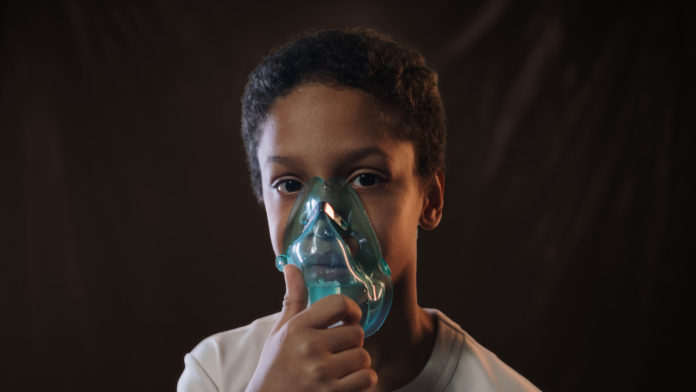It can be distressing to see a child struggling with asthma and gasping for breath. Their condition leads to chronic inflammation in the airways of their lungs, and it can flare up unexpectedly. As a result, it is one of the most common reasons why kids miss school, and it can make it harder for them to sleep and play.
Inhalers help deliver the medication they need, but children in particular have trouble coordinating their breath to get it into their lungs. There’s a 90 percent chance that they’re not doing it right.
Dalhousie University students David Hodgson and Sara Fedullo, studying medicine and engineering respectively, co-founded Hollo Medical to help kids get the right dose when and where they need it.
Inhalers can be connected to spacers, providing a chamber to suspend the medication and give it time to form particles small enough to get into the lungs. A user can then simply breathe normally.
Otherwise, without proper technique, the inhaler can deposit most of the medication on the back of the throat where it gets swallowed instead of inhaled. That means higher risk of side effects and lessened relief of symptoms.
Designs that are now on the market are about the size of a water bottle, and the bigger the spacer, the better it works. That presents its own problems because it makes them a challenge to carry around. A lack of portability means a spacer is often left at home or in a cloakroom, and it isn’t always immediately on hand.
The team at Hollo Medical is using 3D printing to create a spacer that can easily fit into a child’s pocket without sacrificing performance. Instead of relying on size, they are designing a compact device that mechanically controls the flow of the medicine to deliver the optimal dose.
Beyond convenience, the Hollo Medical design aims to be something kids can be proud to use.
“Not only are these devices a hassle to pull out of a fanny pack, but most patients are not a fan of their appearance,” said Hodgson in a press release.
“One asthmatic, who was teased in school, said, ‘The second you showed me that chamber, I got shivers.’”
While a bulky medical device may add to the stigma of an asthma attack on the playground, a fun and customizable look could make it a comfort to use during what can be a scary moment.
Most children with asthma need a spacer to use their inhalers properly, and Hollo Medical’s innovative designs could one day make it possible to easily carry one everywhere they go. By aiming to remove multiple barriers, their innovative design could help more kids feel confident managing their health.








































